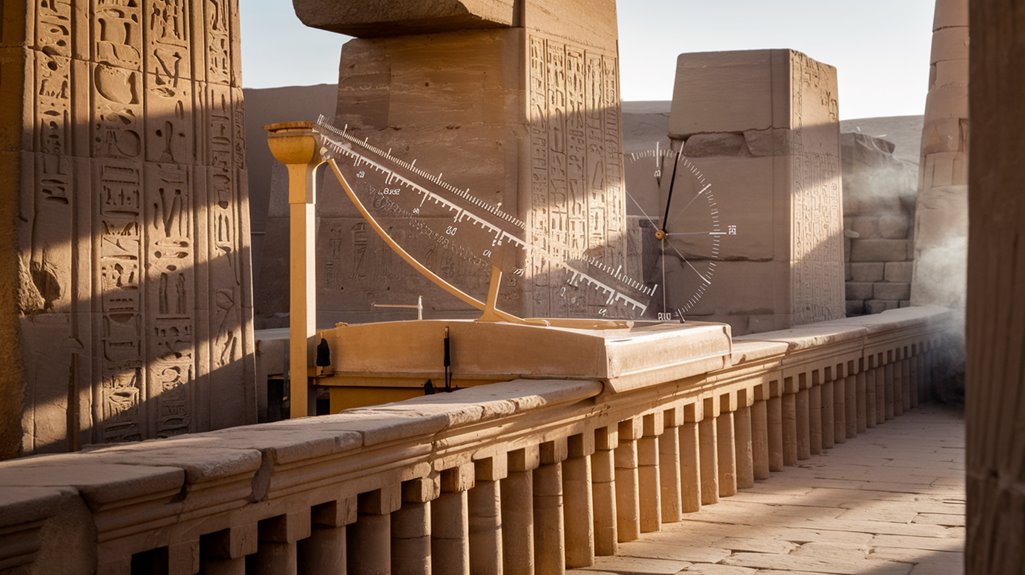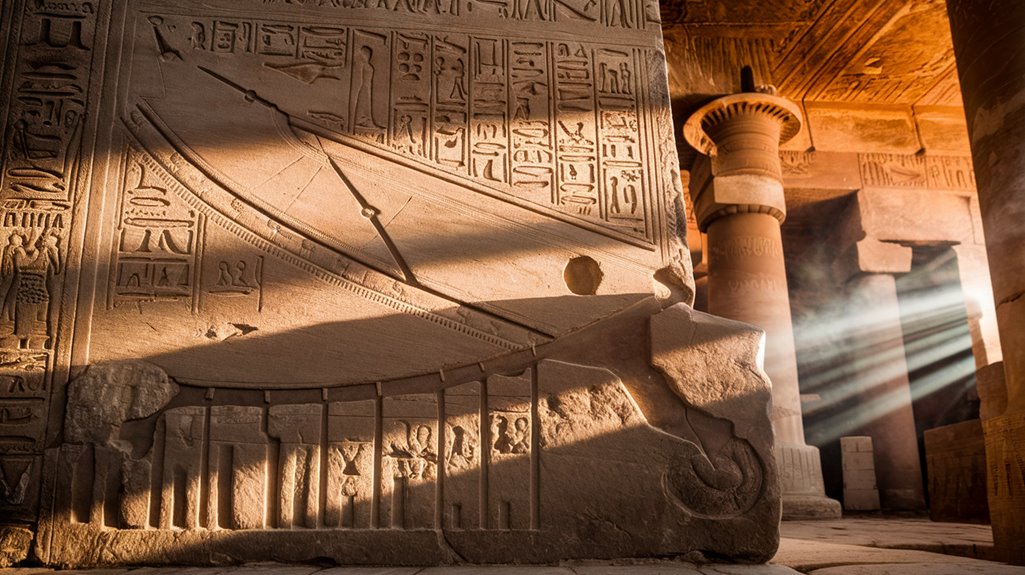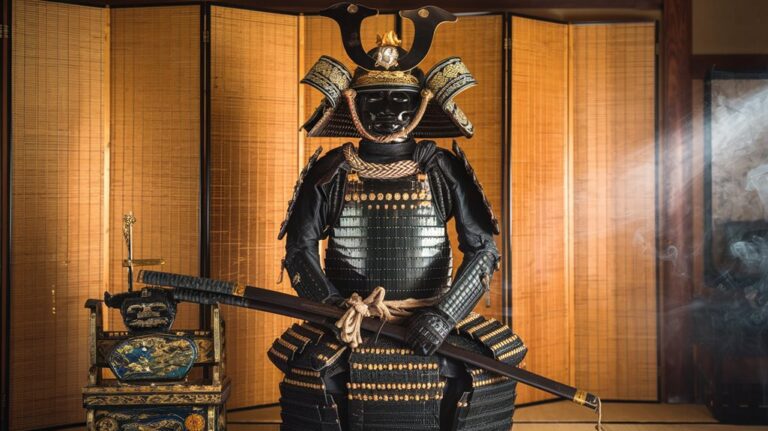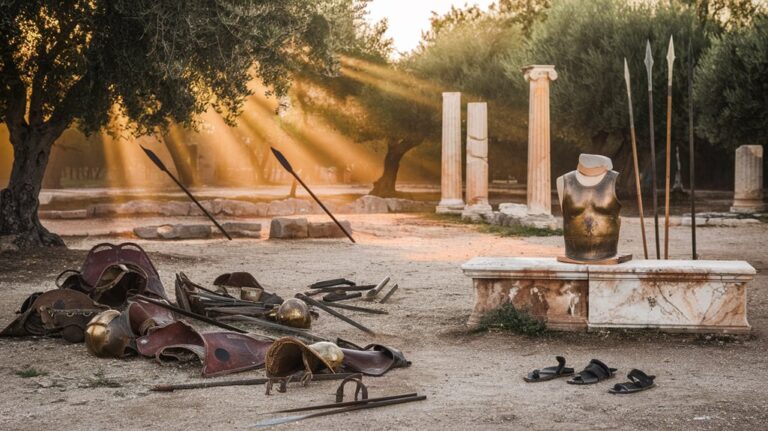Ancient Egyptians First Divided the Day Into 24 Hours
You might be surprised to learn that the 24-hour day wasn't an arbitrary choice but emerged from the ancient Egyptians' observation of specific star patterns. They'd notice particular stars appearing in the night sky at regular intervals, dividing the darkness into twelve distinct periods. This same thinking led them to split daylight hours similarly, creating the foundation for how you track time today. What's even more intriguing is the spiritual reasoning behind their precise calculations.
The Dawn of Egyptian Timekeeping
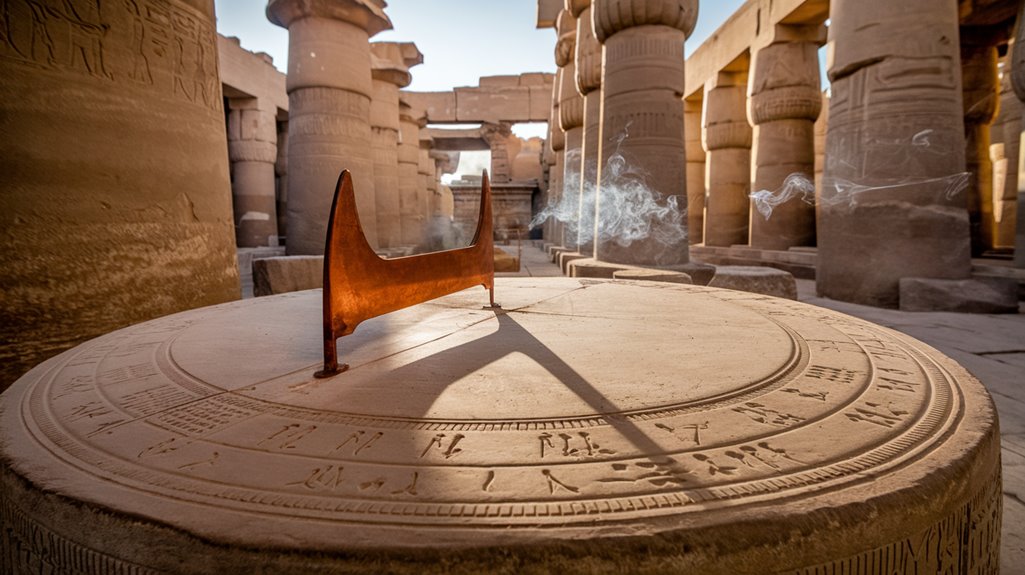
While many ancient civilizations tracked time through basic observations of the sun and stars, the Egyptians revolutionized timekeeping around 3500 BCE with their invention of the sundial.
The sundial evolution began with simple gnomons, which cast shadows to track the sun's movement across the sky.
You'll find that ancient gnomons later gave way to more sophisticated limestone sundials by 1500 BCE, capable of dividing daylight into 12 distinct parts.
The Egyptians also erected massive obelisks that served as community timekeepers, casting shadows visible to entire neighborhoods.
These innovations weren't just about telling time – they helped organize daily work schedules and important ceremonies.
Through these early timekeeping devices, you're seeing the foundations of our modern 24-hour system take shape, marking one of humanity's most significant advances in measuring time.
At night, they employed two aligned merkhets to track time by observing the movement of stars across the night sky.
The ancient Egyptians believed that time was sacred, controlled directly by their deities and essential for maintaining order in their society.
Natural Cycles Behind the 24-Hour Division
Although many people assume natural cycles influenced the 24-hour day, the ancient Egyptian system actually emerged from astronomical observations and practical needs. The confusion sometimes arises because of modern fertility tracking apps like Natural Cycles, which have no historical connection to the Egyptian timekeeping system.
While Natural Cycles helps predict fertility by monitoring menstrual cycles and body temperature, it's unrelated to how ancient Egyptians divided time. Over 3 million registered users rely on Natural Cycles for their reproductive health tracking needs. Emergency contraception remains effective for up to five days after unprotected intercourse, matching the survival time of sperm in the female reproductive system.
Today's fertility tracking relies on scientific understanding of the six-day fertile window, with sperm surviving up to five days and eggs viable for 12-24 hours after ovulation. The app uses sophisticated algorithms to identify fertile and non-fertile days, but this biological rhythm is separate from the astronomical observations that inspired the Egyptians' 24-hour division of the day.
Sacred Stars and Shadow Clocks
Ancient Egypt's timekeeping methods advanced far beyond natural cycles, incorporating sophisticated tools like shadow clocks and stellar observations. The shadow clock design featured a long stem with six parts and an elevated crossbar that cast shadows over marked sections, dividing daylight into 10 parts plus two twilight hours.
You'll find that Egyptians were equally innovative with nighttime measurement, using star alignment to track time after dark. They developed the wnwt system, which split both day and night into 12 parts each. The Pyramid Texts before 2400 BCE provide our earliest written evidence of Egyptian timekeeping methods. In temple complexes like Karnak, water clocks helped priests maintain precise timing for religious ceremonies during nighttime rituals.
These divisions weren't fixed like our modern hours – they'd stretch or shrink depending on the season. During winter, night hours lasted longer, while summer brought extended daylight hours.
This combination of shadow clocks and stellar observation laid the groundwork for our modern 24-hour system.
The Legacy of Babylonian Mathematics
Throughout history, the mathematical achievements of Babylon have profoundly shaped how we measure time and space. You'll find their influence most significantly in our modern use of the base-60 system for measuring time and angles. This sophisticated mathematical system facilitated calculations through its numerous factors and true place-value notation. Their missing representation of zero led to a numerical place value notation for expressing larger numbers.
The Babylonians' cultural influence spread far beyond their borders through mathematical exchange with regions like Egypt, Assyria, and Palestine. Their mathematical prowess included pre-calculated arithmetic tables that aided in complex computations. You can trace their legacy in the mathematical texts and numerical tables discovered across these ancient civilizations.
Their advanced understanding of mathematics is evident in their solutions to complex algebraic problems, including quadratic and cubic equations. Even today, when you look at a clock or measure an angle, you're experiencing the enduring impact of Babylonian mathematical innovation.
How Ancient Egypt Changed Global Timekeeping
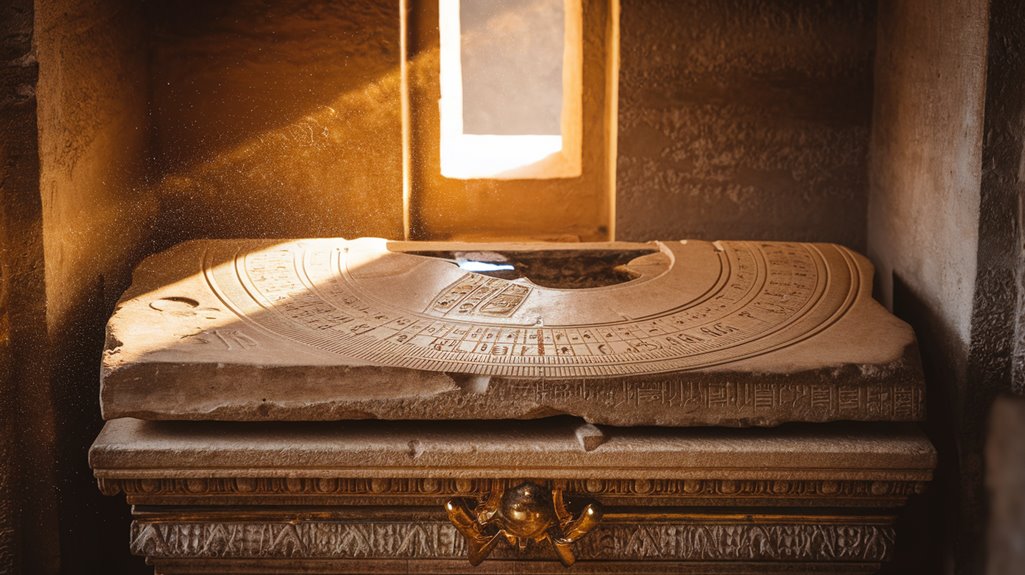
When you check your watch or glance at your phone's clock today, you're experiencing a timekeeping legacy that traces back to ancient Egypt. The Egyptians pioneered the division of each day into 24 parts, though their hours initially varied in length with the seasons.
Their innovative time measurement systems, including sundials, water clocks, and merkhets, revolutionized how humans tracked time. These devices weren't just practical tools – they held deep cultural significance, as Egyptians believed time itself was sacred and governed by divine forces. Tall obelisks served as giant sundials that allowed entire communities to check the time. The water clock known as the clepsydra was especially vital as it allowed for accurate night timekeeping.
Their influence everywhere in modern timekeeping. The 24-hour day, originally developed for religious and administrative purposes in ancient Egypt, spread globally and evolved into the standardized system you use today.
Their methods shaped how civilizations worldwide would measure and organize time for millennia to come.
From Sundials to Mechanical Clocks
Tracking the movement of shadows marked humanity's first systematic attempt to measure time, as evidenced by Egyptian sundials dating back to 3500 BCE.
These early sundial innovations used vertical gnomons to cast shadows on marked surfaces, dividing daylight into 12 parts.
The monastic communities adapted sundials to regulate their daily prayer schedules.
You'll find that water clocks emerged around 1500 BCE as an advancement in timekeeping, particularly useful during nighttime hours.
By dripping water at constant rates through small holes, these devices could measure time when sundials couldn't function.
The clock evolution took a dramatic turn in the 14th century with the invention of mechanical clocks.

